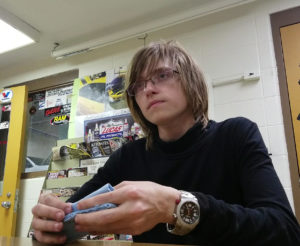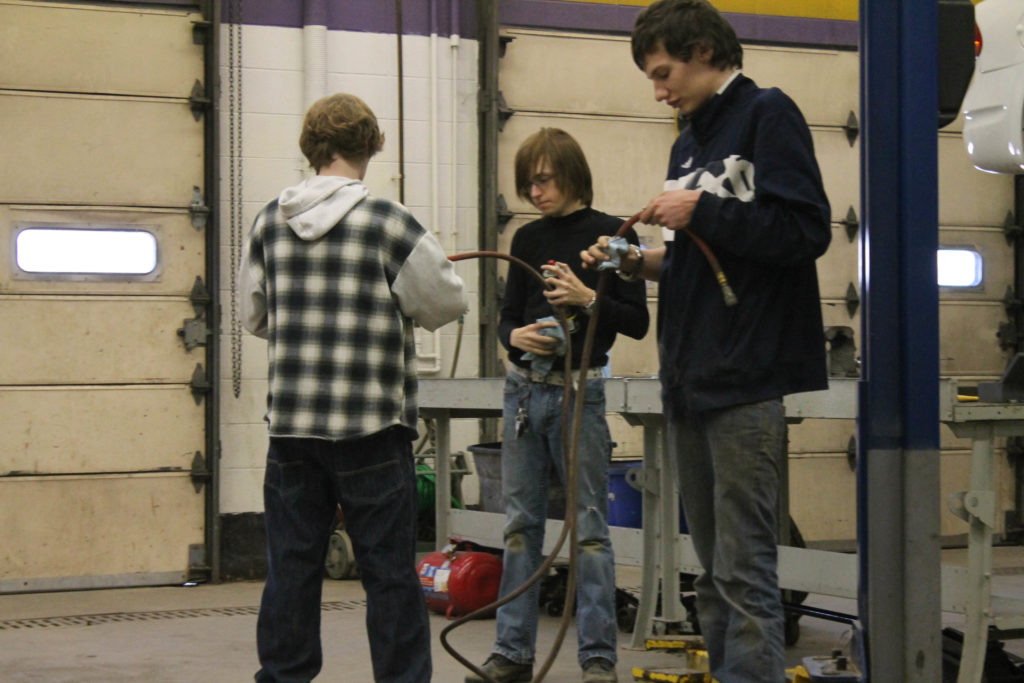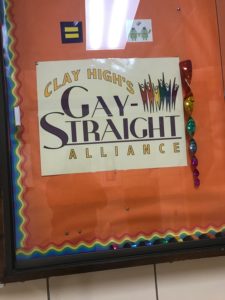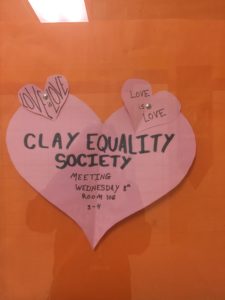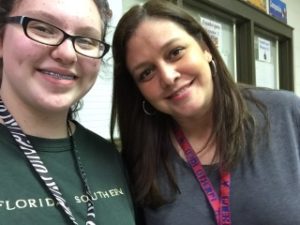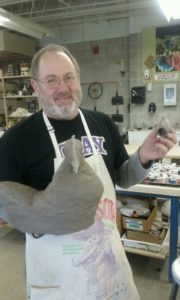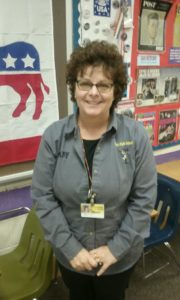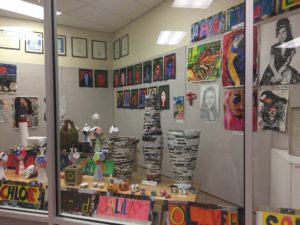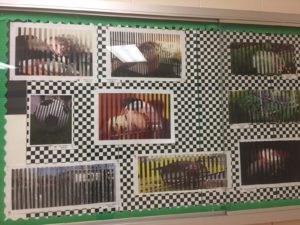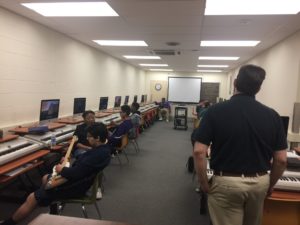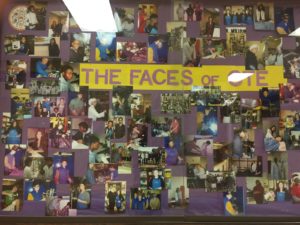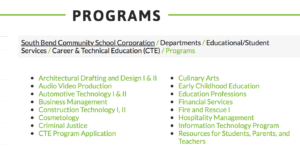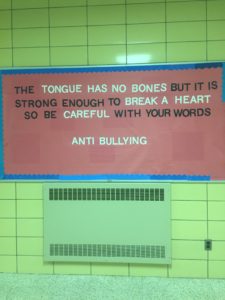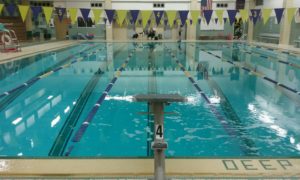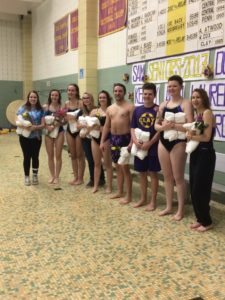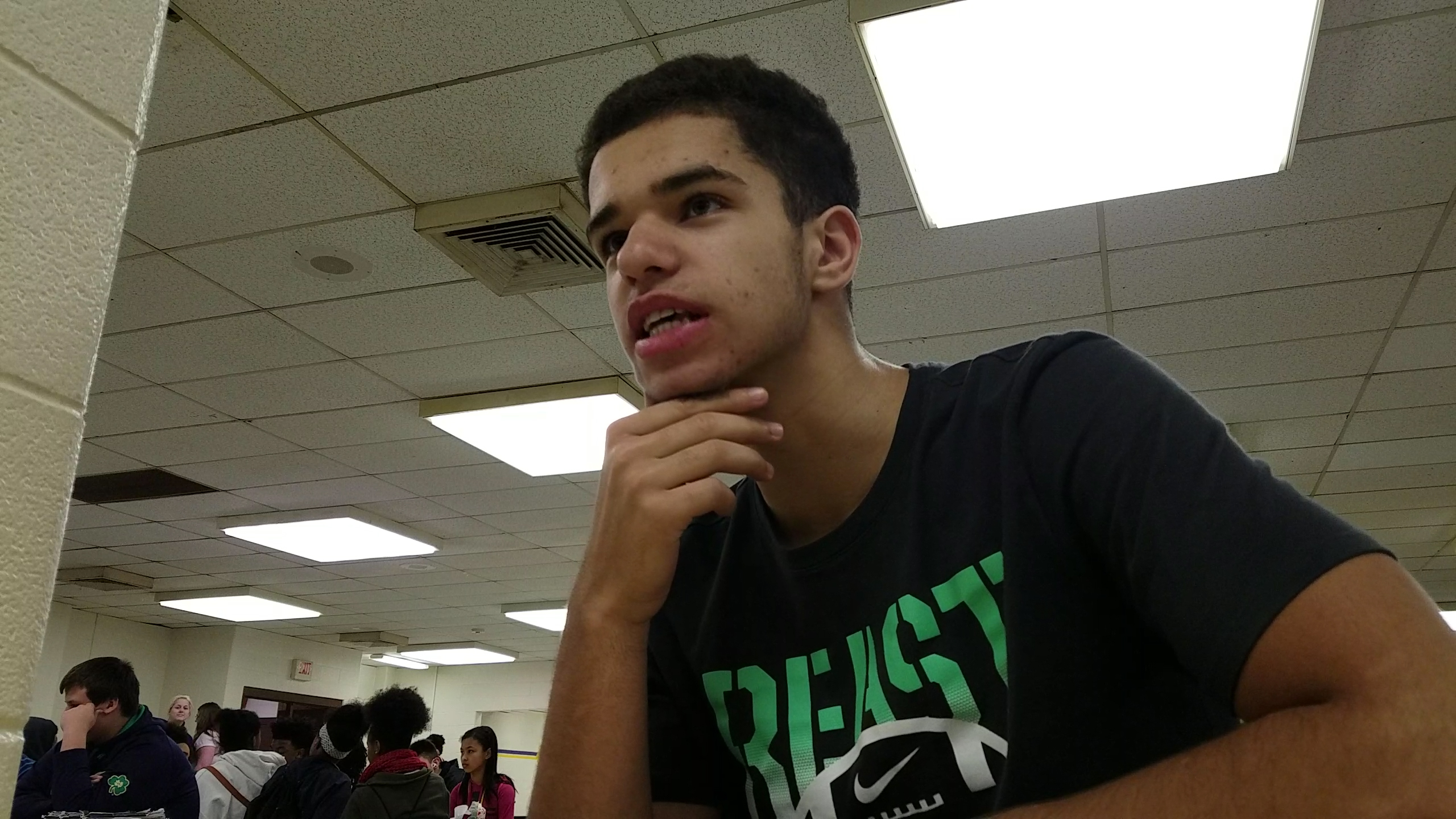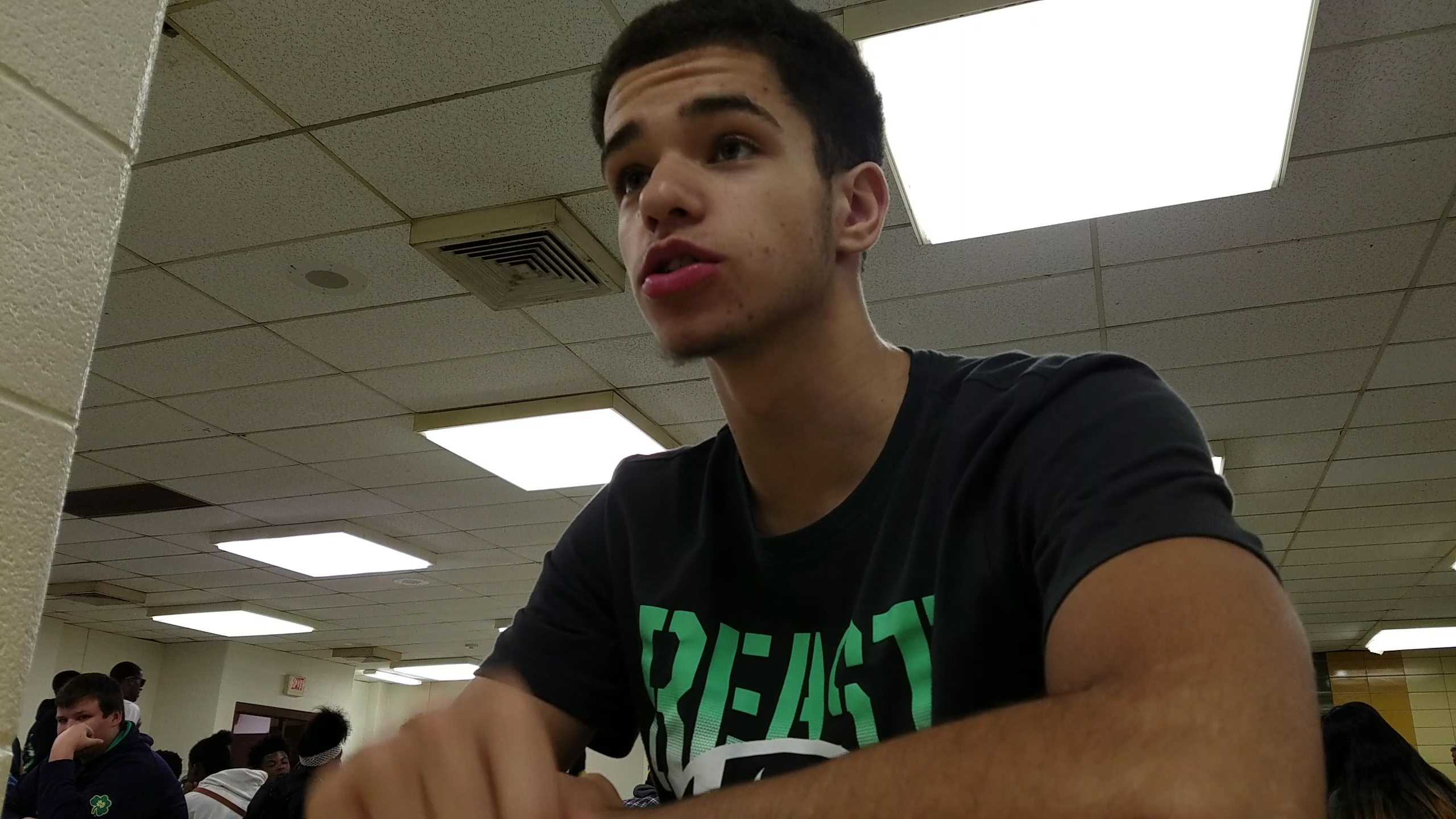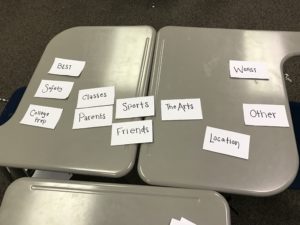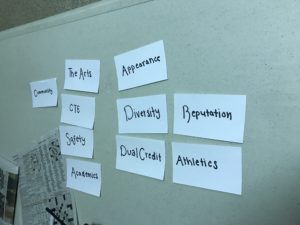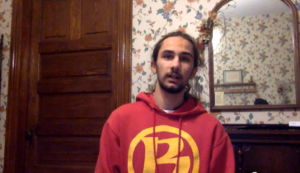High School Visit on Friday 3/3/17
Short Interviews:
Mr. Smith – One of the adult employees of the school.
*** He just sat down as we were about to converse with Principal Eid and started to give his opinions on everything, so this was not a formal interview, but below are my documented notes.
– There is a Fear Factor.
– The bottom 1% of students are the ones who cause all the problems, and they are where all the focus is
– There are policies called Age Placement that mean that even if a student fails middle school, if they are high school age, they must be in the high schools.
– Clay has the highest rate of suspension and expulsion, but they think that is a good thing.
– The importance of safety is extreme.
– “High School is a microcosm of society”
– There are fights like nothing you have ever seen at Clay.
– They are trying to build a culture of respect, but it doesn’t really exist yet.
– With Trump and Devos who knows what is going to happen, they are trying to pull students out of public education.
– He says marketing is great, but you can only do so much. We need real change and new programs.
Jacob Williams – Sophomore
Favorite Part of Clay: his CTE classes (cooking and welding)
Favorite Regular Class: gym, followed by English.
He doesn’t even pay attention to the Art Magnet aspect of Clay
Thinks Classes are hard.
Jayden Riffle – Junior
– Favorite Academics: English and History
– CTE Course: Welding
– He thinks that there is a lot of talent at Clay, but he isn’t a big arts person himself.
– He thinks classes at Clay are easy.
– He thinks he will go to college, and said Clay is helping him figure it out.
– Favorite part: The Community
Melina Andino – Junior
– Favorite Part: nothing
– The sports all suck, we should get new coaches
– Not involved in the arts
– Favorite Academics: English Honors (she has the best teacher)
– Her classes are easy and she doesn’t take AP’s
Maythe Ortega – Junior
– Favorite Part: can’t think of anything
– Sports: Baseball and Basketball are good
– She is involved in the arts programs
– Taking CTE – culinary arts
– Favorite Academics: Marine Biology
– Easy classes, no AP’s
Adam – Sophomore
– Sports at Clay are all right
– Favorite Class: Geography
– He likes art and CTE, taking those classes next year
– Easy classes, no AP’s
Cameron – Freshman
– Plays sports – football, wrestling, and track
– The arts programs are all right
– He wants to take automotive CTE
– Some of his classes are hard
– I showed him the cards, and he told me he can’t read well.
Safety Patrol Person:
“South Bend schools need to get away from magnets and put everyone in blocks. Magnets hurt enrollment, and destroy the loyalty in the schools. Adams gets all the top kids.”
Professors of the CTE Classes:
– CTE is an offering only at Clay, but it is open to students at all four High Schools.
Louise Melander – dental careers (2-year program, students earn 6 credits).
– Smaller number of students, most of whom are tremendously dedicated.
– They push their students, but have to teach to the middle (some students have experience, some none.)
– “CTE is a well-kept secret. All of the students in Welding already have jobs.”
Barb Wieczorek – Intro to Health Careers and EMS (6/7.5 dual credits respectively)
– The students are highly motivated, and grade driven.
– They have to attend summer school to get into the CTE programs because they are half day courses.
– 90% of the students go into the field of medicine.
– “CTE is the only reason some students are still in High School. It makes them feel like they have found a purpose.”
– Only 5/30 and 3/9 students are from Clay HS.
